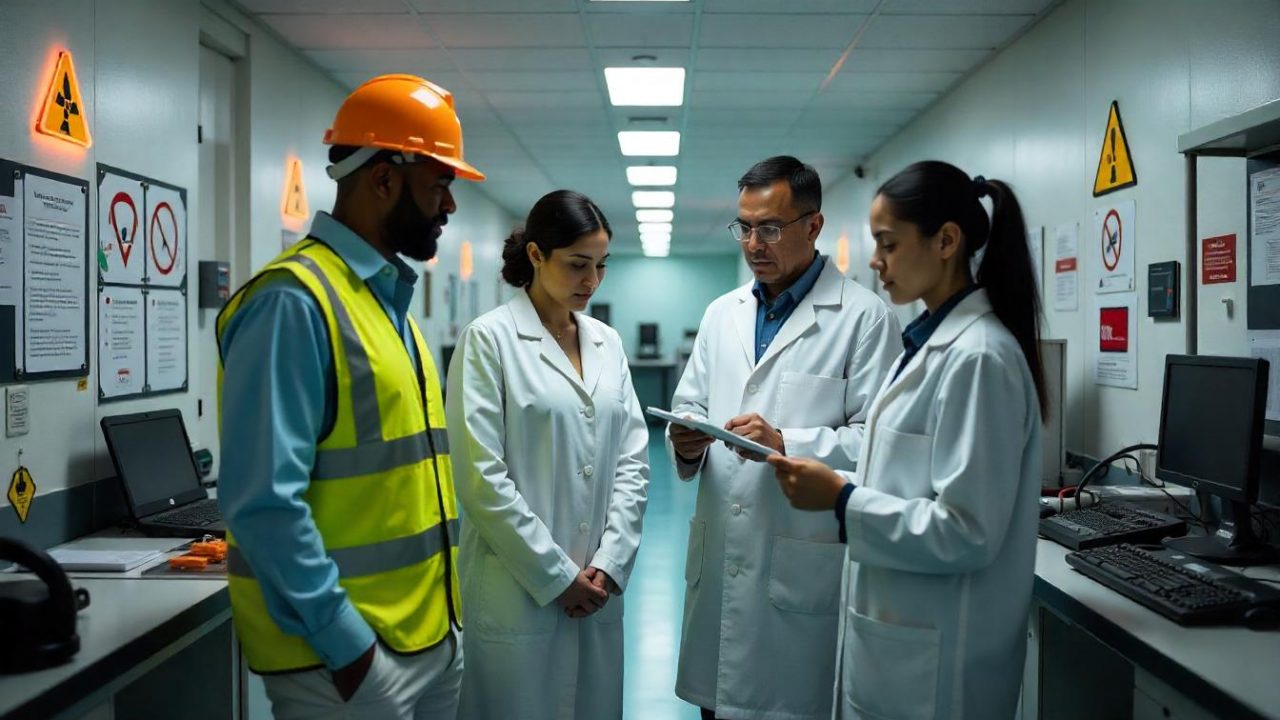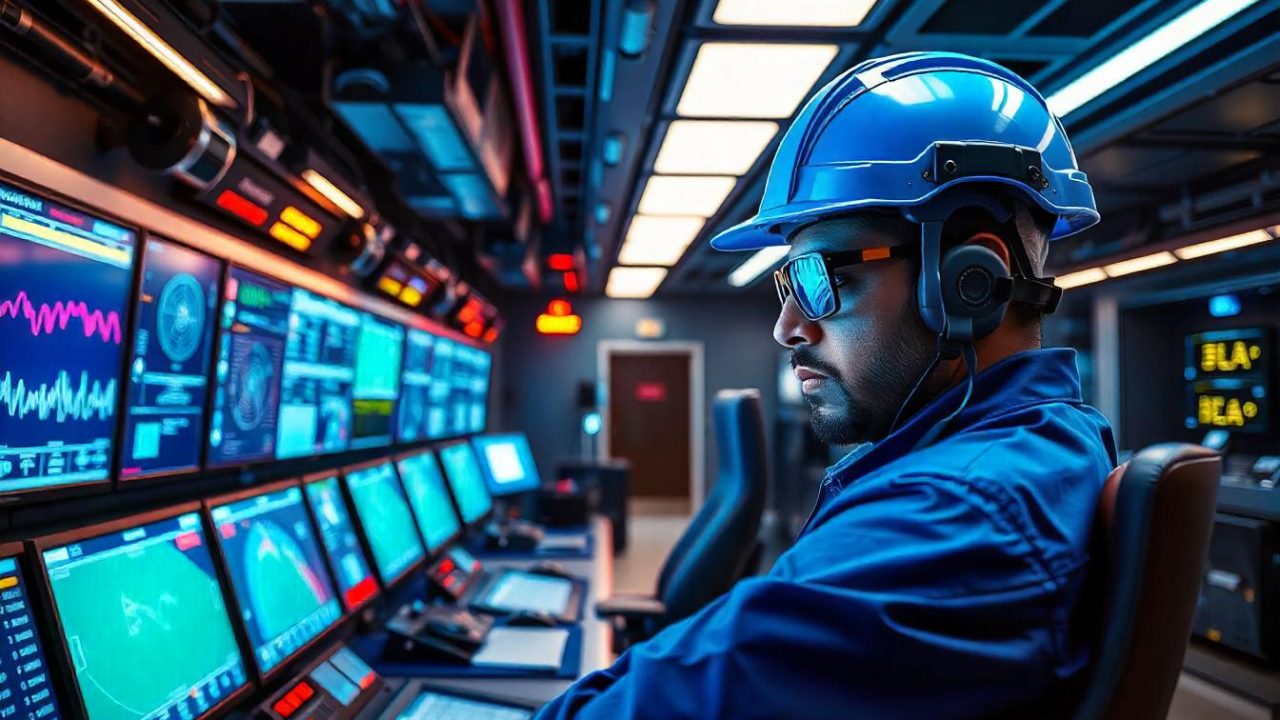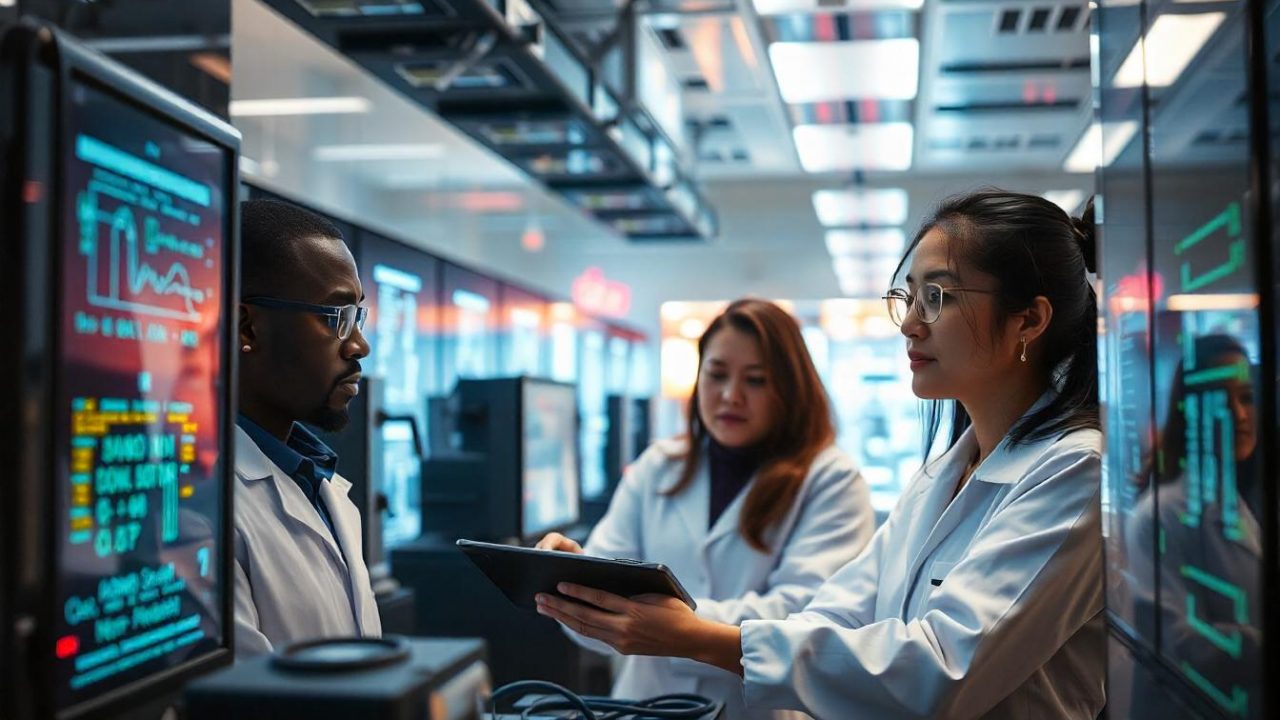Capabilities
IS3I.Org's Capabilities
Learn about our featured capabilities

Artificial Intelligence / Machine Learning System Safety
Artificial Intelligence (AI) and Machine Learning (ML) system safety focuses on ensuring these technologies operate reliably, predictably, and ethically, minimizing risks. It emphasizes secure, transparent, and fair decision-making for societal benefit.

DoDAF and UAF Engineering
The Department of Defense Architecture Framework (DoDAF) and Unified Architecture Framework (UAF) are frameworks used in systems engineering to design, document, and analyze complex architectures, ensuring interoperability and streamlined decision-making.

Explosives and Weapon Safety
Explosives safety is critical to prevent accidents in handling, storing, and transporting explosive materials. Proper training, strict regulations, and careful planning minimize risks, ensuring a safe environment for workers and surrounding areas.

Mission Safety Development & Modeling
Mission Safety Development & Modeling involves creating and analyzing safety protocols to minimize risks during missions. It uses predictive modeling to identify potential hazards, ensuring safe operations and efficient risk management strategies.

Mission System Safety & Assurance
Mission System Safety & Assurance ensures that all mission-critical systems operate safely, reliably, and consistently by identifying, assessing, and mitigating risks, enhancing overall performance, and preventing accidents throughout mission lifecycles.

Model-Based System of Systems (SoS) Engineering
Model-Based System of Systems (SoS) Engineering uses models to analyze, design, and manage complex systems that function collaboratively. It enhances decision-making, system integration, and performance across interdependent systems.

Radiation Safety
Radiation safety involves protecting people and the environment from harmful radiation exposure by implementing safety protocols, using shielding, maintaining safe distances, and monitoring exposure levels to prevent health risks.

Cybersecurity, Reliability and Safety
Cybersecurity, reliability, and safety are crucial for protecting digital systems. Cybersecurity safeguards data against unauthorized access, reliability ensures systems perform consistently, and safety prevents harm by ensuring secure, stable operations.

Reliability, Availability, Maintainability and Safety (RAMS)
Reliability, Availability, Maintainability, and Safety (RAMS) are essential principles in engineering to ensure systems perform consistently, remain operational, are easy to service, and prioritize user safety, minimizing risks and downtime.

Reliability, Maintainability and Risk Planning
Reliability, maintainability, and risk planning ensure systems perform consistently, are easy to repair, and minimize potential issues. This proactive approach helps in managing risks, enhancing efficiency, and reducing downtime.

Safety for Explosives Risk
Safety for explosives risk involves strict adherence to protocols to prevent accidental detonation, control access, and maintain secure storage. Protective gear, regular inspections, and comprehensive training are essential to minimize hazards.

Software Development & Modeling
Software development and modeling involve designing, coding, testing, and refining software applications. Modeling uses techniques like UML diagrams to represent systems, helping developers visualize structure, workflow, and functionality before implementation.

Software FMEA/FMECA
Software FMEA (Failure Modes and Effects Analysis) and FMECA (Failure Modes, Effects, and Criticality Analysis) identify potential software failure modes, assess their impact, prioritize risks, and guide improvements to enhance reliability and safety.

Software FTA
Software FTA (Free Trade Agreement) facilitates cross-border software transactions by reducing tariffs and trade barriers. It encourages innovation, enhances market access, and promotes digital cooperation among participating countries, boosting global software trade.

Software Quality Engineering
Software Quality Engineering ensures that software products meet high standards of functionality, reliability, and performance. It involves testing, validation, and continuous improvement to deliver efficient, error-free, user-centered solutions.

Software Safety Engineering
Software Safety Engineering focuses on identifying, analyzing, and mitigating potential risks in software systems. It ensures that systems operate reliably and safely, especially in critical environments like aerospace, healthcare, and automotive.

Software Safety Test Planning
Software Safety Test Planning involves identifying, designing, and documenting tests to ensure software functions safely under expected and unexpected conditions. It prioritizes risk assessment, test case development, and compliance with safety standards.

Software System Safety & Assurance
Software System Safety & Assurance ensures that software systems operate without causing harm or unexpected behavior. It involves risk analysis, testing, validation, and verification to ensure reliability, compliance, and safe functionality in critical environments.

System Development & Modeling
System Development and Modeling involves designing, analyzing, and creating systems to meet specific needs. It includes stages like requirements analysis, modeling, and testing, using techniques like UML for structured, efficient solutions.

System FTA and Design FMEA
System FTA (Fault Tree Analysis) is a top-down approach used to identify potential failures in a system by analyzing fault combinations. Design FMEA (Failure Mode and Effects Analysis) assesses potential failure modes within a design to improve reliability.

System of Systems (SoS) Safety Engineering
System of Systems (SoS) Safety Engineering focuses on ensuring safety within interconnected systems, addressing complex interactions, dependencies, and emergent behaviors. It assesses risks across multiple systems to prevent cascading failures.

System Quality Engineering
System Quality Engineering (SQE) ensures that software systems meet high standards of performance, reliability, and security. It involves proactive testing, continuous monitoring, and quality assurance processes to optimize system functionality and resilience.

System Safety & Assurance
System Safety & Assurance involves ensuring that systems operate without causing harm to people, environment, or property. It includes risk assessment, hazard analysis, and verification processes to confirm reliable, safe performance.

System Safety Test Planning
System Safety Test Planning involves identifying, assessing, and mitigating potential hazards in a system. It ensures that tests are structured to verify safety features, prevent failures, and ensure compliance with safety standards.